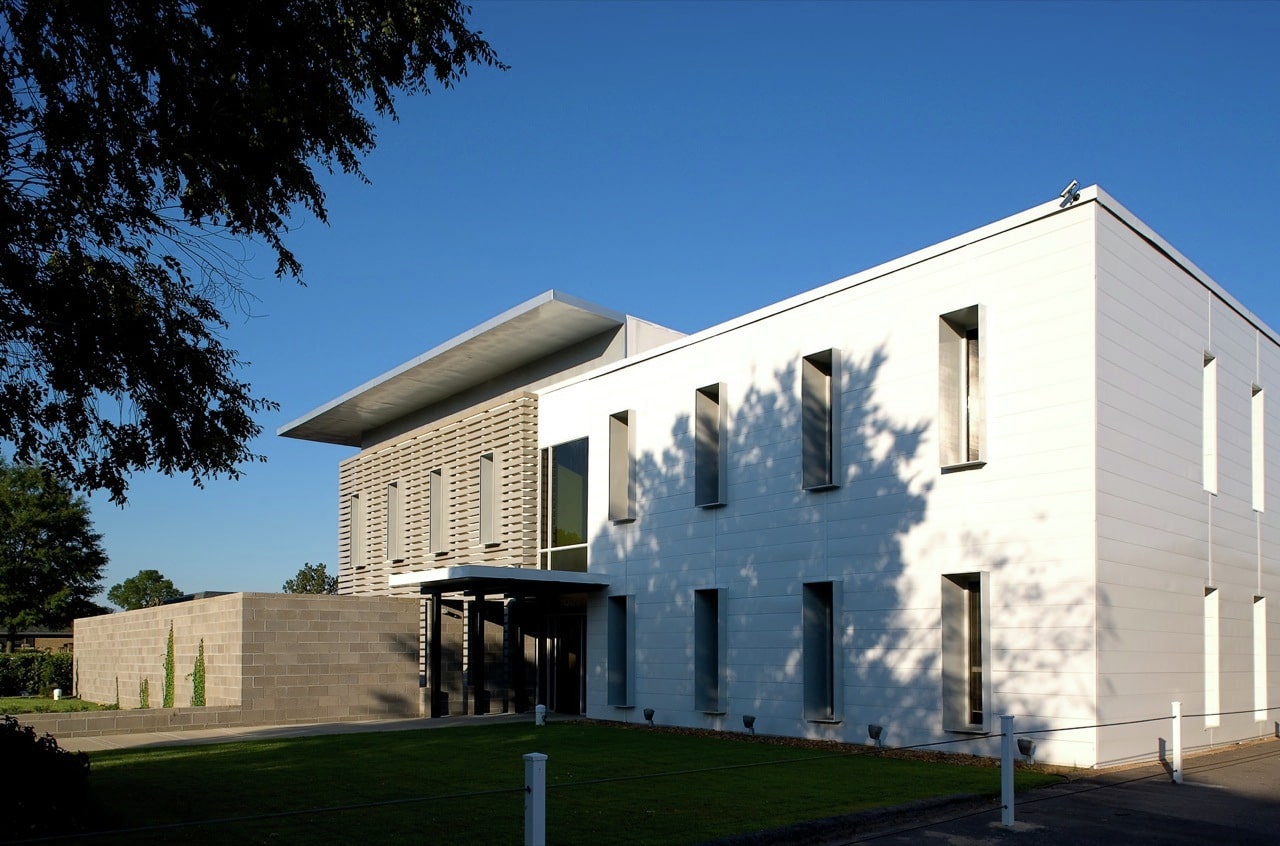The Immigration and Naturalization Service has issued a final rule providing specific guidelines which must be followed by a refugee or asylee seeking to bring a spouse or unmarried minor child into the US. The rule is the culmination of a process that began with the issuance in July 1996 of a proposed rule on the matter.
The new rule uses the principal applicant’s date of admission to determine eligibility for other relatives. Current regulations require that the refugee’s relationship to the spouse or child exist prior to the tentative approval date of the principal’s application for refugee status. If the refugee proves that he or she is the parent of a child born after the refugee’s admission to the US, but who was in utero on the date of refugee’s admission as a refugee, the child shall be eligible to accompany or follow-to-join the refugee.
The proposed rule would have required that a separate Form I-730 be filed for each qualifying relative within one year of the principal refugee’s admission to the US. There is an exception if the INS finds humanitarian reasons why a longer period of time is warranted. A number of commentors complained that the time limit was too short and the INS has responded by extending the deadline to two years from the date of admission for a refugee or two years from the granting of asylum for an asylee. Also, the INS deliberately chose not to define “humanitarian reasons” arguing that flexibility was needed here.
In response to several comments, the INS has agreed to add in a grandfather clause which allows all persons admitted as refugees or granted asylum before the effective date of the final rule and who may not have been eligible under the old rules to file the Form I-730 within two years of the new rule’s effective date. The INS will not reopen these cases automatically and eligible persons have the burden to request that the case be reopened.
As noted above, unlike the current rules, a separate I-730 needs to be submitted for each family member. Another new requirement is the submission of a recent photograph of the family member. However, the photo does not need to meet any special requirements as is the case for other types of INS photos. Also, the burden is on the applicant to present documentation proving the actual relationship.
The regulation specifies certain individuals as NOT being eligible for I-730 benefits. They include the following:
– a spouse or child who has previously been granted asylee or refugee status;
– an adopted child, if the adoption took place after the child became sixteen years old, or if the child has not been in the legal custody and living with the parents for at least two years;
– a stepchild, if the marriage that created the relationship too place after the child turned 18 years old;
– a husband or wife if each/both were not physically present at the marriage ceremony and the marriage was not consummated;
– a husband or wife if the INS believes that such alien has attempted to marry for immigration purposes only;
– a parent, sister, brother, grandparent, nephew, niece, uncle, aunt, cousin, or in-law.
The new rule becomes effective February 26, 1998. The new I-730 application will be posted on the Siskind, Susser, Haas & Chang web site as soon as possible.
Disclaimer: This newsletter is provided as a public service and not intended to establish an attorney client relationship. Any reliance on information contained herein is taken at your own risk.
